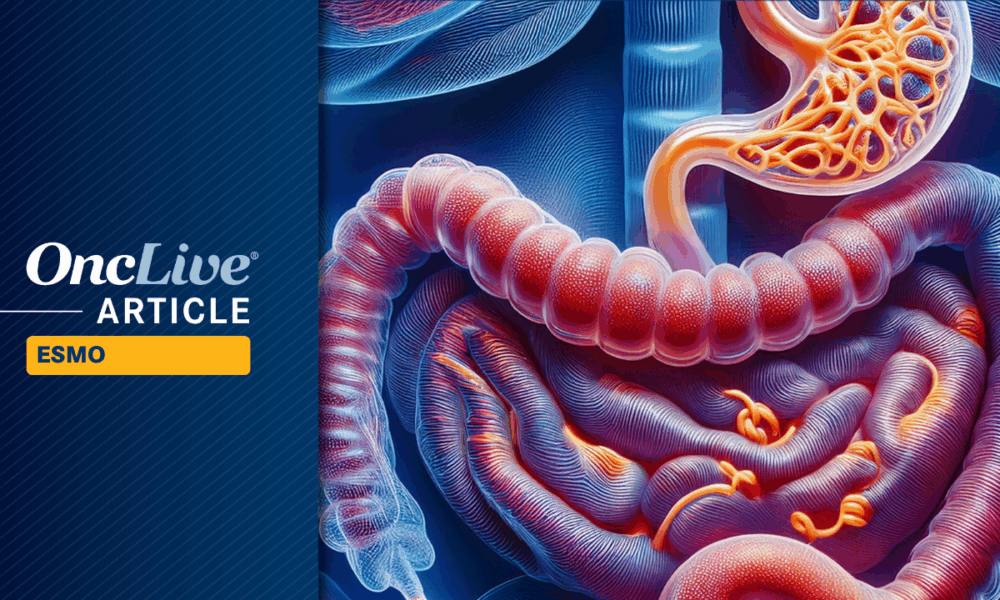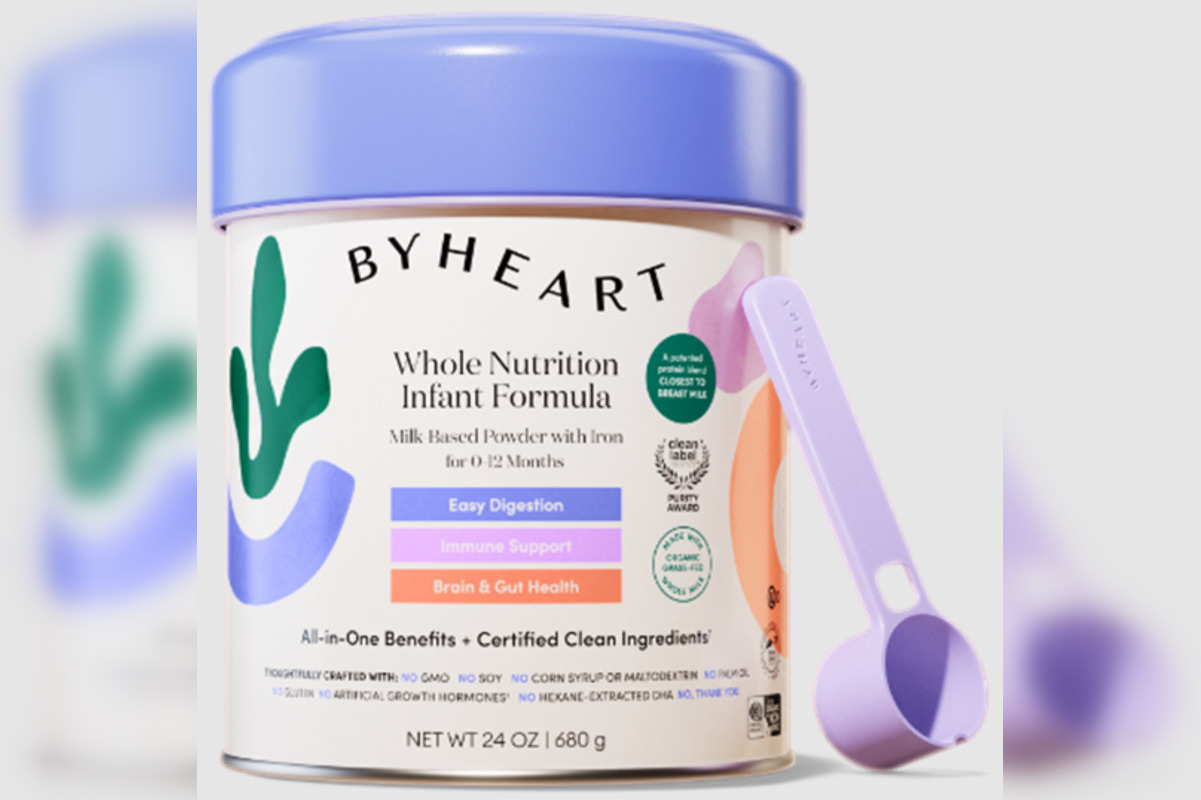A recent study has demonstrated that 177-Lu-edotretide (ITM-11) significantly enhances progression-free survival (PFS) compared to everolimus (Afinitor) in patients with gastroenteropancreatic neuroendocrine tumors (GEP-NETs). This finding emerged from the phase 3 COMPETE trial (NCT03049189), presented at the 2025 ESMO Congress.
The trial results revealed that the median PFS for patients receiving ITM-11 was 23.9 months, in contrast to 14.1 months for those treated with everolimus, based on central assessments. The hazard ratio (HR) was calculated at 0.67 (95% CI, 0.48–0.95; P = .022). Local assessments showed a similar trend, with a median PFS of 24.1 months for ITM-11 versus 17.6 months for everolimus (HR, 0.66; 95% CI, 0.48-0.91; P = .010).
The trial included a total of 309 patients, with 207 in the ITM-11 group and 102 in the everolimus group. Both groups had a median age of 65 years for ITM-11 and 61 years for everolimus. The majority were male, comprising 53.1% of the ITM-11 group and 56.9% of the everolimus group. Notably, most patients in both arms had grade 2, non-functional GEP-NETs, and a significant percentage had received prior therapies.
In a detailed subgroup analysis by tumor origin, median PFS was longer for both gastroenteropancreatic NETs (GE-NETs) and pancreatic NETs (P-NETs) in the ITM-11 arm. The median PFS for GE-NETs was reported at 23.9 months for ITM-11, compared to 12.0 months for everolimus. For P-NETs, the median PFS was 24.5 months against 14.7 months for everolimus.
Further analysis indicated that patients with grade 2 tumors experienced a median PFS of 21.7 months with ITM-11, versus just 9.2 months with everolimus. Those with grade 1 tumors saw a median PFS of 30.0 months versus 23.7 months in the everolimus arm.
The trial also assessed overall survival (OS) as a secondary endpoint, with ITM-11 showing improved outcomes over everolimus. The overall response rates (ORR) further highlighted ITM-11’s efficacy, showing 21.9% for ITM-11 versus 4.2% for everolimus based on central assessments (P < .0001). Adverse events (AEs) were recorded in 82% of patients receiving ITM-11 compared to 97% in the everolimus group. Common AEs included nausea, diarrhea, and fatigue, aligning with the expected safety profile of ITM-11. Notably, AEs leading to premature discontinuation of the study occurred in just 1.8% of the ITM-11 group, compared to 15.2% in the everolimus group.
Long-term follow-up assessments were conducted every three months in the first year and every six months thereafter. The study included patients aged 18 or older with well-differentiated, unresectable, or metastatic GEP-NETs.
Dr. Emmanuel Deshayes, a professor in biophysics and nuclear medicine at the Montpellier Cancer Institute, commented on the significance of the trial, stating, “With these data combining extensive dosimetry information from more than 200 patients included in a prospective trial, ITM is laying the groundwork for improved therapeutic decision-making by providing important insights into tumor uptake and treatment variability.”
These findings are expected to inform the design of subsequent studies, including the phase 3 COMPOSE trial (NCT04919226) and the phase 1 pediatric KinLET study (NCT06441331), focusing on SSTR-positive tumors.
The results of the COMPETE trial may have significant implications for the treatment landscape of GEP-NETs, offering new hope for patients with this challenging condition.







